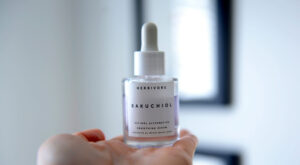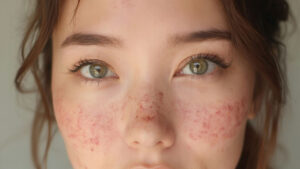Are you noticing more strands in your brush than usual, or finding tiny broken pieces of hair on your clothes? Hair breakage is a common and frustrating issue that can leave your locks looking dull, frizzy, and unhealthy. It’s often mistaken for hair loss, but while hair loss involves the entire strand falling from the follicle, breakage means the hair shaft is snapping at various points.
Understanding what causes hair breakage is the first step toward achieving stronger, healthier hair. The good news is that many causes are preventable, and you can often stop or significantly reduce breakage with natural methods and a shift in your haircare routine. This guide will explore the main culprits behind brittle strands and provide actionable, natural strategies to restore your hair’s strength and shine.
The Root Causes: Why Your Hair is Breaking
Hair breakage doesn’t happen overnight. It’s usually the result of cumulative damage from various factors. Recognizing these can help you pinpoint the issues in your routine.
1. Excessive Heat Styling
One of the most common causes of damage, frequent use of high heat from flat irons, curling irons, and blow dryers can strip moisture from the hair, leading to a weakened and brittle structure. The cuticle (the outermost layer of your hair) becomes damaged, making it prone to snapping.
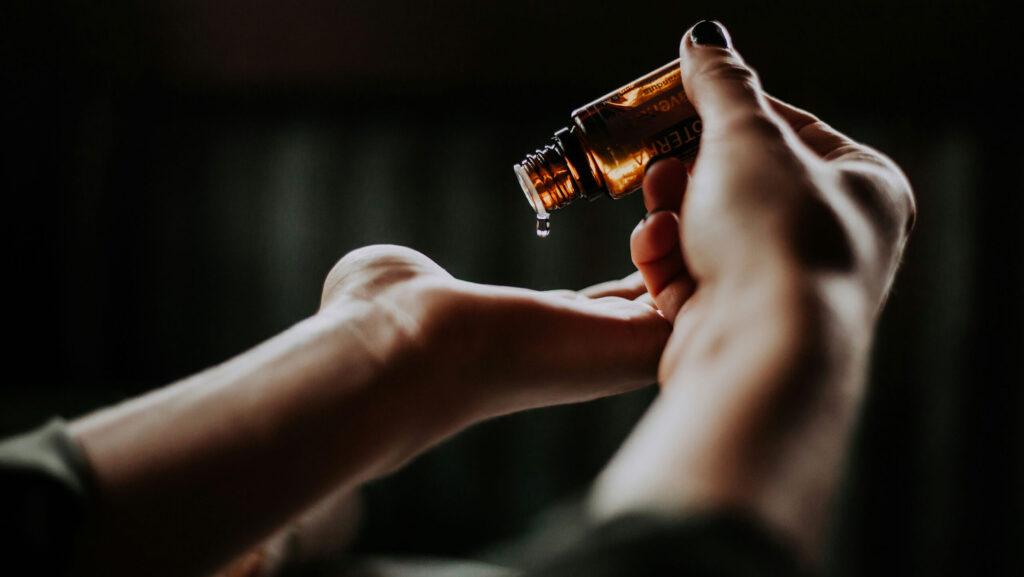
2. Harsh Chemical Treatments
Regular coloring, bleaching, perms, and chemical relaxers significantly alter the hair’s structure. These processes can weaken the disulfide bonds within the hair, making it extremely fragile and susceptible to breakage.
3. Over-Processing and Over-Washing
Washing your hair too frequently can strip away its natural oils, leaving it dry and vulnerable. Similarly, over-brushing, especially when wet, or using tight hairstyles that pull on the hair can cause mechanical stress leading to breakage.
4. Lack of Moisture and Hydration
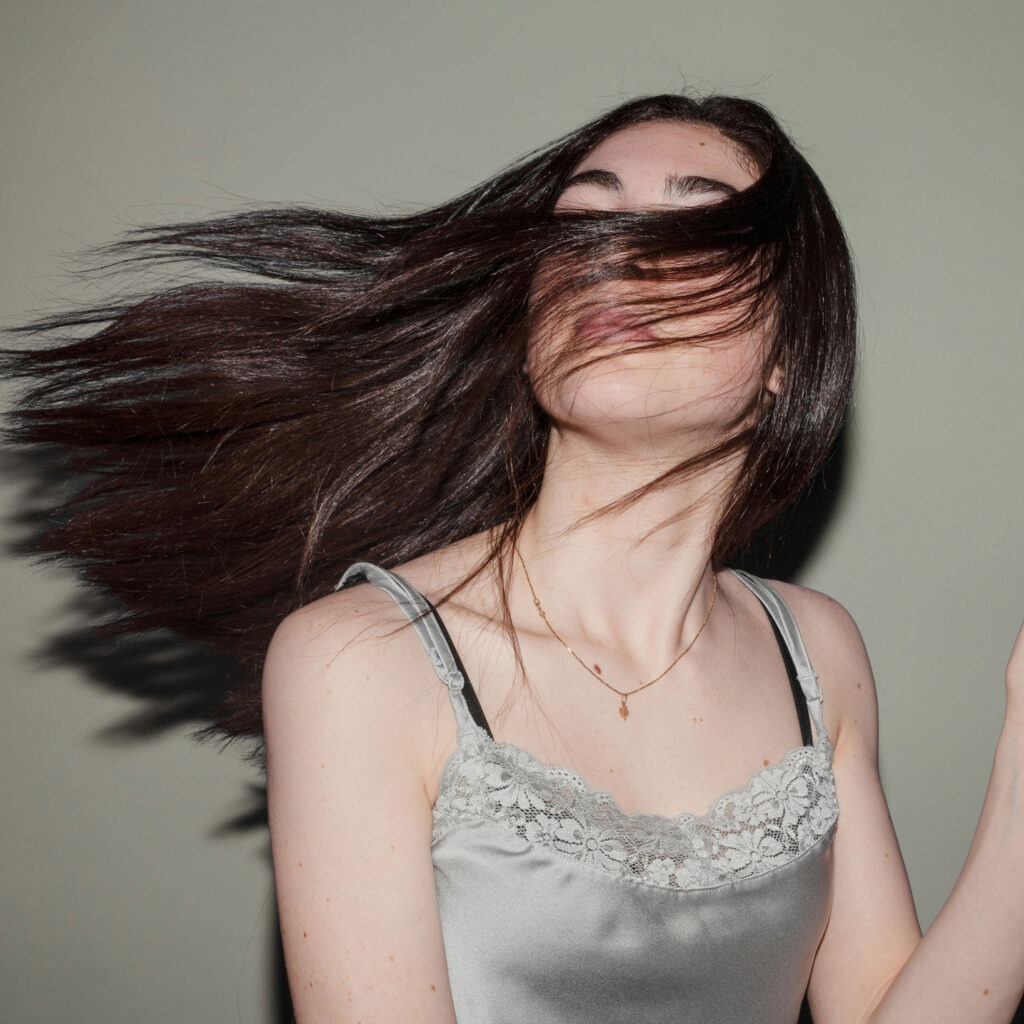
Dry, dehydrated hair is inherently more brittle and prone to breakage. If your hair isn’t adequately moisturized, its elasticity diminishes, meaning it won’t stretch without breaking. Environmental factors like dry air can also contribute.
5. Nutritional Deficiencies
Your hair’s health reflects your internal health. Deficiencies in essential vitamins and minerals like iron, zinc, biotin, and vitamins A, C, and E can weaken hair follicles and strands, leading to thinning and breakage.
6. Mechanical Damage from Styling
This includes aggressive brushing, using brushes with harsh bristles, sleeping on cotton pillowcases that cause friction, and wearing very tight hairstyles (like high ponytails or braids) repeatedly in the same spot.
7. Environmental Stressors
Exposure to harsh UV rays from the sun, chlorine from swimming pools, and saltwater can strip hair of its natural oils and damage the protein structure, leading to dryness and breakage.
How to Stop Hair Breakage Naturally: Your Action Plan
The good news is that many natural approaches can significantly reduce and even stop hair breakage by nourishing your hair and scalp, minimizing damage, and promoting overall hair health.
Reassess Your Washing and Drying Habits
- Wash Less Frequently: If your hair isn’t excessively oily, try washing every 2-3 days instead of daily to allow natural oils to replenish your scalp and strands.
- Use Gentle Products: Opt for sulfate-free and paraben-free shampoos and conditioners that are designed for hydration and damage repair.
- Cool or Lukewarm Water: Wash your hair with lukewarm water, and finish with a cool rinse to help seal the hair cuticle and lock in moisture.
- Gentle Drying: Instead of rubbing your hair vigorously with a harsh towel, gently blot excess water with a microfiber towel or an old cotton t-shirt. This reduces friction that causes frizz and breakage.
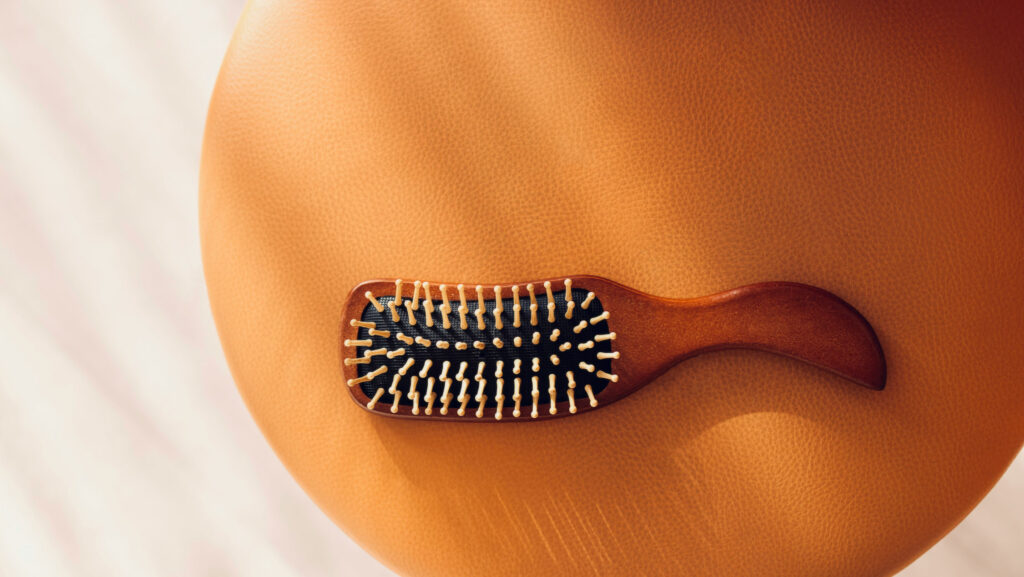
Adopt Mindful Brushing and Styling Practices
- Detangle Wet Hair Carefully: Wet hair is most vulnerable. Use a wide-tooth comb or a wet brush, starting from the ends and working your way up to gently detangle.
- Brush Dry Hair Gently: For dry hair, use a brush with soft bristles. Avoid tugging or forcing the brush through knots.
- Choose Hair-Friendly Accessories: Opt for silk scrunchies, satin-lined hair ties, or loose hair clips instead of tight elastic bands that can cause tension and breakage.
- Vary Hairstyles: Avoid wearing the same tight hairstyle in the exact same spot every day. Change up your part and style to distribute stress evenly across your hair strands.
- Sleep Smart: Switch to a silk or satin pillowcase. These materials create less friction than cotton, reducing tangles, frizz, and breakage while you sleep.
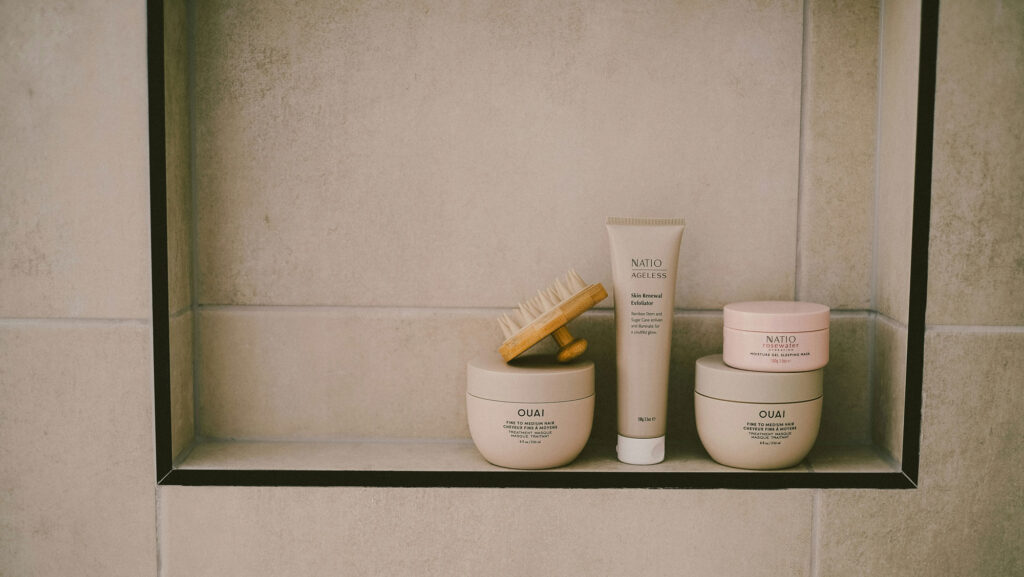
Embrace Natural Hydration and Nourishment
- Deep Conditioning Treatments: Incorporate a natural deep conditioning treatment or hair mask into your routine 1-2 times per week. Look for ingredients like shea butter, coconut oil, argan oil, and honey.
- DIY Tip: A simple DIY hair mask of mashed avocado, a tablespoon of olive oil, and a bit of honey can provide intense moisture.
- Leave-In Conditioners/Oils: Apply a natural leave-in conditioner or a few drops of natural hair oil (like jojoba, argan, or sweet almond oil) to damp hair to seal in moisture and provide a protective barrier against environmental damage.
- Scalp Massages with Oils: Gently massage your scalp with warm natural oils like coconut oil or olive oil before washing. This can stimulate blood circulation and nourish the hair follicles.
Protect Your Hair from Environmental Stressors
- Sun Protection: Wear a hat when spending extended time in the sun. Some leave-in products also offer UV protection for hair.
- Chlorine/Saltwater Protection: Wet your hair with clean water and apply a leave-in conditioner before swimming. Rinse your hair immediately after swimming to remove chlorine or salt residue.
Nourish Your Hair from Within
- Balanced Diet: Ensure your diet is rich in proteins (lean meats, beans, nuts), healthy fats (avocados, fatty fish), and a rainbow of fruits and vegetables. These provide essential nutrients for hair growth and strength.
- Key Nutrients for Hair Health:
- Protein: Hair is primarily made of protein.
- Iron: Important for carrying oxygen to hair follicles.
- Zinc: Plays a role in hair tissue growth and repair.
- Biotin (Vitamin B7): Often associated with hair growth and strength.
- Vitamins A, C, and E: Antioxidants that protect cells and support scalp health.
- Omega-3 Fatty Acids: Found in fish and flaxseed, they support scalp health and add shine.
Reduce Heat Styling (or use it wisely)
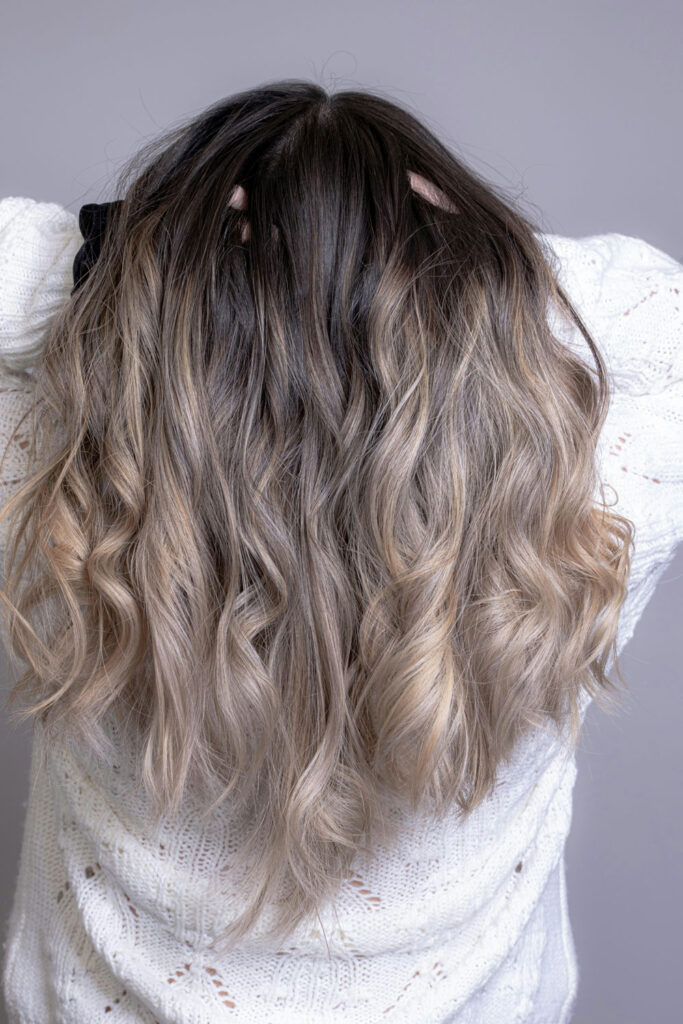
- Air Dry More Often: Embrace your natural texture.
- Lower Heat Settings: If you must use heat tools, always use the lowest effective temperature setting.
- Heat Protectant: Never use heat tools without applying a high-quality heat protectant spray first. This creates a barrier that minimizes damage.
Frequently Asked Questions
What's the difference between hair breakage and hair loss?
Hair breakage occurs when the hair strand snaps along its length, leaving behind shorter, damaged pieces, often due to external factors or structural weakness. Hair loss, on the other hand, refers to the hair falling out from the root (the follicle) and can be caused by genetics, hormonal changes, medical conditions, or stress.
Can stress cause hair breakage?
While stress is more commonly linked to hair loss (like telogen effluvium, where hair prematurely enters a resting phase and falls out), chronic stress can also contribute to hair breakage indirectly by impacting overall health, nutrient absorption, and potentially leading to habits like hair pulling or twisting that cause damage.
How long does it take for hair to stop breaking?
The time it takes for hair to stop breaking depends on the cause and the consistency of your new haircare routine. You might notice a significant reduction in breakage within a few weeks to a couple of months by implementing better habits and nourishing treatments. However, completely repairing severely damaged hair takes time, as you’re waiting for new, healthy hair to grow out.
Are natural oils really effective for preventing breakage?
Yes, natural oils like coconut oil, argan oil, jojoba oil, and olive oil can be very effective for preventing breakage. They work by penetrating the hair shaft to moisturize, sealing the cuticle to reduce moisture loss, and forming a protective barrier against external damage. Consistent application can improve hair elasticity, making it less prone to snapping.
What are the best natural ingredients for strong hair?
For naturally strong hair, look for ingredients like coconut oil, argan oil, shea butter, aloe vera, and protein-rich ingredients like hydrolyzed wheat protein or rice protein (if you’re looking for protein treatments). Internally, a diet rich in biotin, iron, zinc, and Omega-3 fatty acids is crucial.
Can frequent tight hairstyles cause permanent hair breakage?
Repeatedly wearing very tight hairstyles can lead to a condition called traction alopecia, where consistent pulling on the hair follicles can cause permanent damage and hair loss over time. While individual instances of tight hairstyles might only cause temporary breakage, prolonged and intense pulling can lead to irreversible damage. It’s best to vary your hairstyles and keep them loose to prevent this.
The content provided in this blog is for informational and educational purposes only. All product recommendations and skincare suggestions are intended to serve as general guidance and should not be considered a substitute for professional advice. Individual skin types and conditions vary, so please use discretion when incorporating new products or routines. We strongly recommend consulting with a licensed dermatologist or qualified healthcare professional before beginning any new skincare treatments, especially if you have sensitive skin, pre-existing conditions, or are currently using prescribed medications.
Note: All product links are for informational purposes and do not constitute endorsements. Always perform a patch test before introducing new products into your routine.


